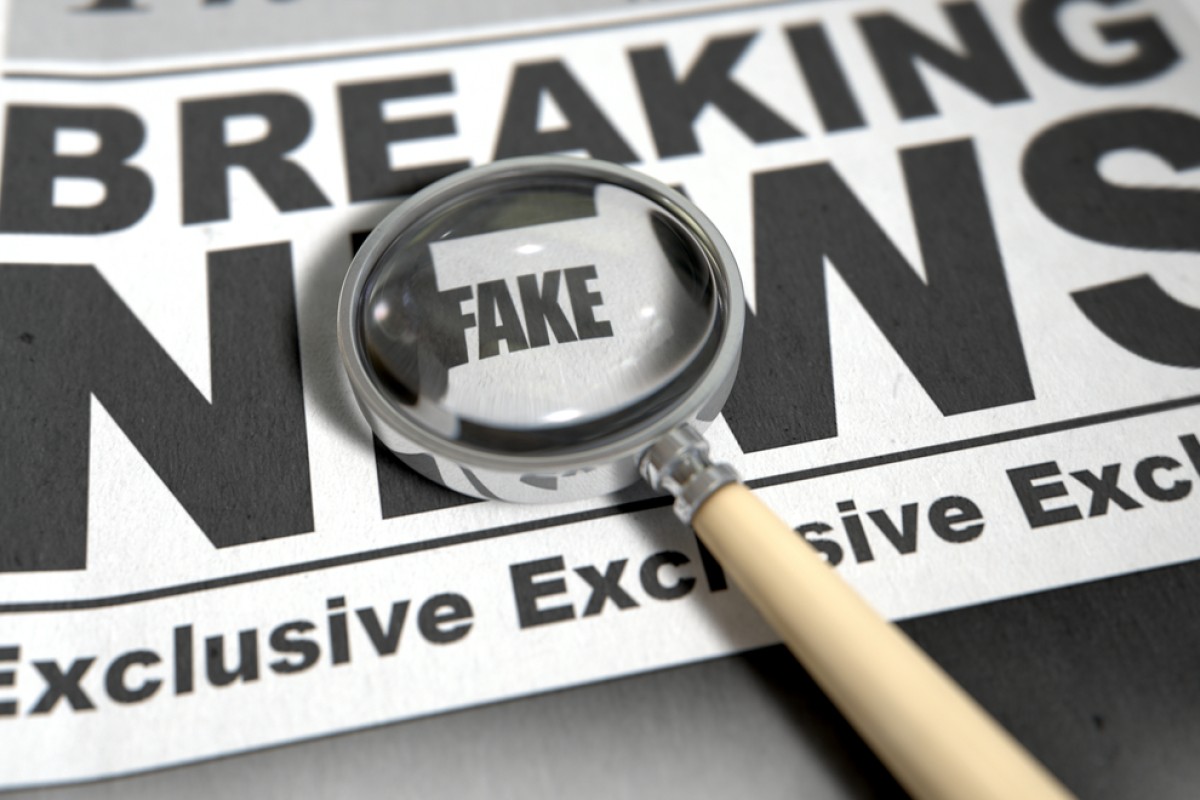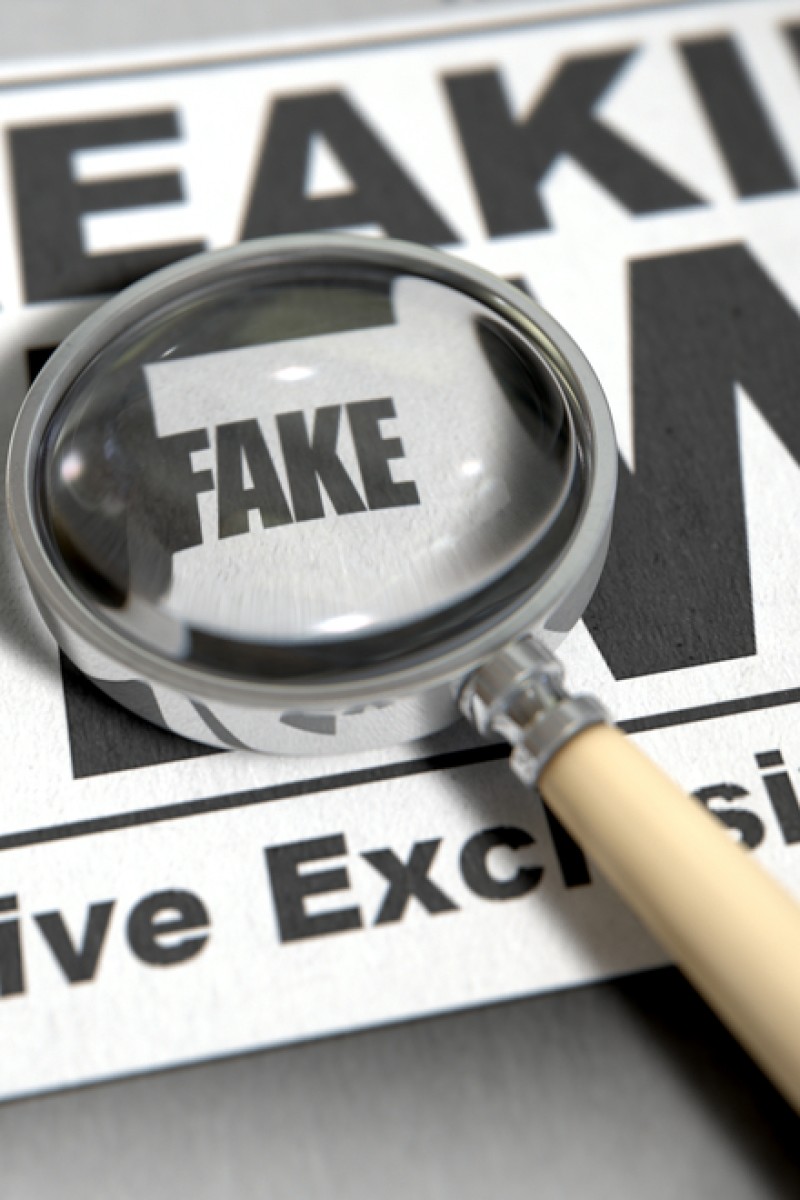
Today’s Young Post contains a mixture of real stories, which have been censored to remind you of the importance of press freedom, and fake news. As you read this news page, you’ll hopefully realise that some of the details don’t seem quite right.
Fake news is a problem. It can even fool journalists. If a news outlet publishes stories which are either deliberately untruthful, or contain details which have not been checked, readers will not know whether they can trust anything that outlet publishes.
Today’s fake news is a one-off – Young Post takes news seriously, and we check our sources. But when reading news elsewhere – especially online – it’s important to know how to tell fake news from the real stuff.
Follow these simple rules:
1 Who has reported it? Is that a reputable source – such as the South China Morning Post, Young Post, CNN, BBC, Associated Press and others.
2 If the story is not from a usual source, google the writer’s name and see what other things they have written about.
3 Google to see who else has reported the story.
4 Check out the publisher’s website and see what kind of adverts and other stories they run. If they are advertising zombie-proof jackets, you might not want to take them too seriously.
To mark Press Freedom Day tomorrow, we’ll publish the uncensored stories, and tell you which of today’s news stories were fake. Head to www.scmp.com for the real news.
